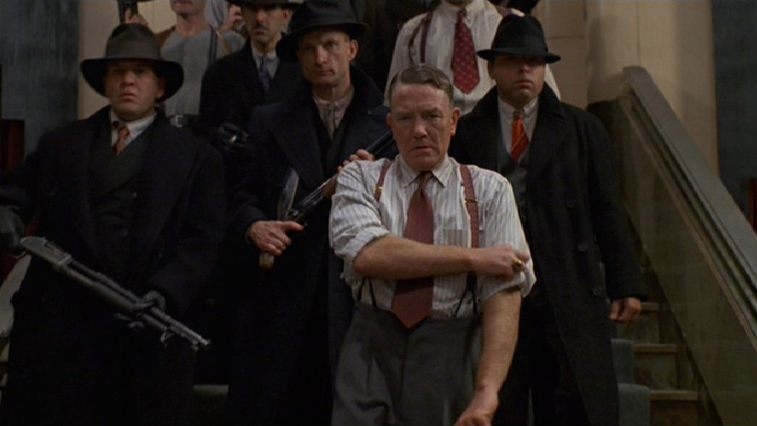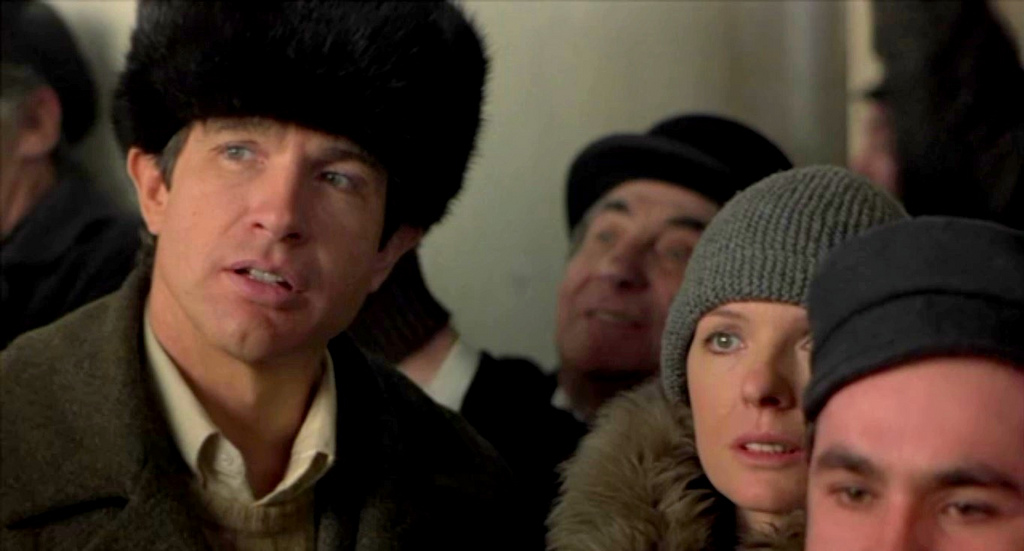
Dreadlocks can’t smoke him pipe in peace
Too much informers and too much beast
Too much watchie watchie watchie, too much su-su su-su su
Too much watchie watchie watchie, too much su-su su-su su
-from “Tenement Yard”, by Jacob Miller
Happy Holiday! How about some good news for a change? Via the Associated Press:
Saturday marks marijuana culture’s high holiday, 4/20, when college students gather — at 4:20 p.m. — in clouds of smoke on campus quads and pot shops in legal-weed states thank their customers with discounts.
This year’s edition provides an occasion for activists to reflect on how far their movement has come, with recreational pot now allowed in nearly half the states and the nation’s capital. Many states have instituted “social equity” measures to help communities of color, harmed the most by the drug war, reap financial benefits from legalization. And the White House has shown an openness to marijuana reform.
The origins of the date, and the term “420” generally, were long murky. Some claimed it referred to a police code for marijuana possession or that it derived from Bob Dylan’s “Rainy Day Women No. 12 & 35,” with its refrain of “Everybody must get stoned” — 420 being the product of 12 times 35.
But the prevailing explanation is that it started in the 1970s with a group of bell-bottomed buddies from San Rafael High School, in California’s Marin County north of San Francisco, who called themselves “the Waldos.” A friend’s brother was afraid of getting busted for a patch of cannabis he was growing in the woods at nearby Point Reyes, so he drew a map and gave the teens permission to harvest the crop, the story goes.
During fall 1971, at 4:20 p.m., just after classes and football practice, the group would meet up at the school’s statue of chemist Louis Pasteur, smoke a joint and head out to search for the weed patch. They never did find it, but their private lexicon — “420 Louie” and later just “420” — would take on a life of its own. […]
Some celebrations are bigger than others: The Mile High 420 Festival in Denver, for example, typically draws thousands and describes itself as the largest free 4/20 event in the world. Hippie Hill in San Francisco’s Golden Gate Park has also attracted massive crowds, but the gathering was canceled this year, with organizers citing a lack of financial sponsorship and city budget cuts. […]
The number of states allowing recreational marijuana has grown to 24 after recent legalization campaigns succeeded in Ohio, Minnesota and Delaware. Fourteen more states allow it for medical purposes, including Kentucky, where medical marijuana legislation that passed last year will take effect in 2025. Additional states permit only products with low THC, marijuana’s main psychoactive ingredient, for certain medical conditions.
But marijuana is still illegal under federal law. It is listed with drugs such as heroin under Schedule I of the Controlled Substances Act, meaning it has no federally accepted medical use and a high potential for abuse.
The Biden administration, however, has taken some steps toward marijuana reform. The president has pardoned thousands of people who were convicted of “simple possession” on federal land and in the District of Columbia.
The Department of Health and Human Services last year recommended to the Drug Enforcement Administration that marijuana be reclassified as Schedule III, which would affirm its medical use under federal law.
According to a Gallup poll last fall, 70% of adults support legalization, the highest level yet recorded by the polling firm and more than double the roughly 30% who backed it in 2000.
Nice to see more and more forward-thinking states joining the “over-the-counter”-culture, with a new shopping list: Milk, bread, eggs, and ganja. In Washington state, we’ve been smoking our pipes in peace since 2014. So I thought I would welcome the newbies to our cannabis club by sharing my picks for the top five Rasta movies, in alphabetical order…seen?

Countryman– Writer-director Dickie Jobson’s 1982 low-budget wonder has it all. Adventure. Mysticism. Political intrigue. Martial Arts. And weed. Lots of weed. A pot-smuggling American couple crash land their small plane near a beach and are rescued by our eponymous hero (Edwin Lothan, billed in the credits as “himself”), a fisherman/medicine man/Rasta mystic/philosopher/martial arts expert who lives off the land (Lothan, who passed away in 2016, was a fascinating figure in real life).
Unfortunately, the incident has not gone unnoticed by a corrupt, politically ambitious military colonel, who wants to frame the couple as “CIA operatives” who are trying to disrupt the upcoming elections. But first he has to outwit Countryman, which is no easy task (“No one will find you,” Countryman assures the couple, “You are protected here.” “Protected by who?” the pilot asks warily. “Elements brother, elements,” says Countryman, with an enigmatic chuckle). I love this movie. It’s wholly unique, with a fabulous reggae soundtrack.

The Harder They Come– While the Jamaican film industry didn’t experience an identifiable “new wave” until the early 80s, Perry Henzel’s 1973 rebel cinema classic laid the foundation. From its opening scene, when wide-eyed country boy Ivan (reggae’s original superstar, Jimmy Cliff) hops off a Jolly Bus in the heart of Kingston to the strains of Cliff’s “You Can Get It If You Really Want”, to a blaze of glory finale, it maintains an ever-forward momentum, pulsating all the while to the heartbeat riddim of an iconic soundtrack. Required viewing!

Rockers– Admittedly, this island-flavored take on the Robin Hood legend is short on plot, but what it may lack in complexity is more than compensated for by its sheer exuberance (and I have to watch it at least once a year). Grecian writer-director Theodoros Bafaloukos appears to have cast every reggae luminary who was alive at the time in his 1978 film. It’s the tale of a Rasta drummer (Leroy “Horsemouth” Wallace) who has had his beloved motorcycle stolen (customized Lion of Judah emblem and all!) by a crime ring run by a local fat cat.
Needless to say, the mon is vexed. So he rounds up a posse of fellow musicians (Richard “Dirty Harry” Hall, Jacob Miller, Gregory Isaacs, Robbie Shakespeare, Big Youth, Winston Rodney, et. al.) and they set off to relieve this uptown robber baron of his ill-gotten gains and re-appropriate them accordingly. Musical highlights include Miller performing “Tenement Yard”, and Rodney warbling his haunting and hypnotic Rasta spiritual “Jah No Dead” a cappella.

Stepping Razor: Red X– Legalize it! Nicholas Campbell’s unflinching portrait of musician Peter Tosh (who co-founded the Wailers with Bob Marley and Bunny Wailer) is not your typical rockumentary. While there is plenty of music, the focus is on Tosh’s political and spiritual worldview, rendered via archival footage, dramatic reenactments, and excerpts from a personal audio diary in which Tosh expounds on his philosophies and rages against the “Shitstem. “
One interesting avenue Campbell pursues suggests that Tosh was the guiding force behind the Wailers, and that Marley looked up to Tosh as a mentor in early days (I suspect that it was more of a Lennon/McCartney dynamic). A definite ‘must-see’ for reggae fans.

Word, Sound, and Power – Jeremiah Stein’s 1980 documentary clocks in at just over an hour but is the best film I’ve seen about roots reggae music and Rastafarian culture. Barely screened upon its original theatrical run and long coveted by music geeks as a Holy Grail until its belated DVD release in 2008 (when I was finally able to loosen my death grip on the sacred, fuzzy VHS copy that I had taped off of USA’s Night Flight back in the early 80s), it’s a wonderful time capsule of a particularly fertile period for the Kingston music scene.
Stein interviews key members of The Soul Syndicate Band, a group of studio players who were the Jamaican version of The Wrecking Crew; they backed Jimmy Cliff, Bob Marley, Burning Spear, and Toots Hibbert (to name but a few). Beautifully photographed and edited, with outstanding live performances by the Syndicate. Musical highlights include “Mariwana”, “None Shall Escape the Judgment”, and a spirited acoustic version of “Harvest Uptown”.
Bonus tracks!
OK …if you’d rather chill, here’s a mixtape. Headphones and munchies on standby:
Previous posts with related themes:
From Neurons to Nirvana: The Great Medicines
A Very Harold and Kumar Christmas 3-D
Drunk Stoned Brilliant Dead: The Story of the National Lampoon
A Tribute to Robert Hunter (by John Wing)
More reviews at Den of Cinema
— Dennis Hartley





































































